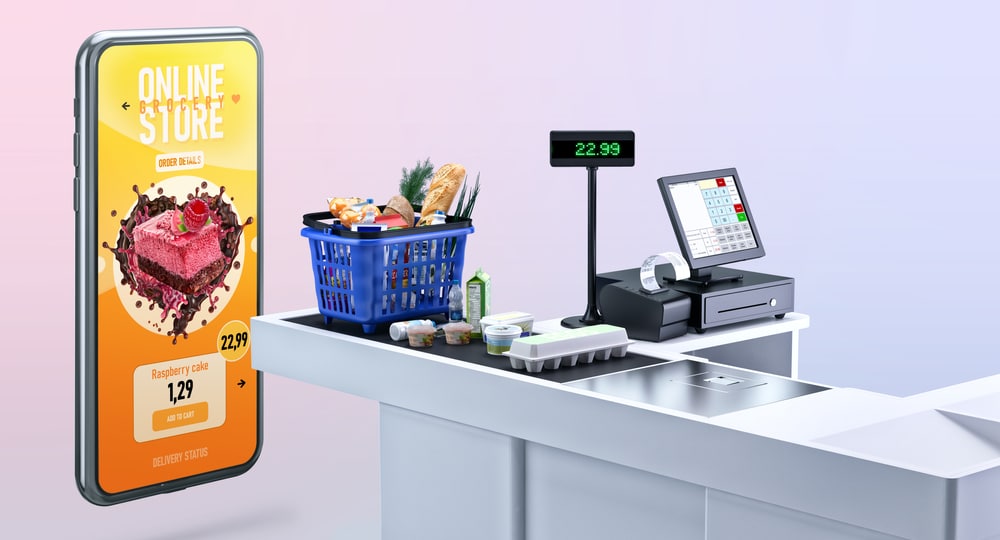Strategies that Fitness, News, Business & Game Apps Can Use Amid COVID-19

Just like every industrial sector, the recent pandemic has affected the mobile app industry as well. Surprisingly, Mobile apps have increased in popularity since March. Although apps are popular now, the future is uncertain which gives rise to the need to develop coherent strategies for future stability.
Therefore, we will discuss how games, fitness, business, and news apps can strategize for the future in this article. Since these niches have been affected by the pandemic, a detailed plan to deal with the recent changes imposed by the COVID-19 is imperative. However, let us first look into the details of these categories before creating any strategy:
Apps Booming During COVID-19
The mobile app niches listed below experienced overnight success during COVID-19. Since the pandemic is still not over, categories like news, fitness, business, and games may even grow more popular.
· Fitness Apps
The spread of any life-threatening pandemic is likely to increase demand for fitness apps. Fitness apps are a natural fit as people are looking for ways to stay healthy and fit to increase their immunity and remain healthy while at home. Such apps are not just for burning the extra calories gained during lockdowns; they provide practical ways of staying healthy and fit.
From diet charts and supplements to routine workout and weight controlling tactics, everything can be accessed from an app, which is why these fitness apps have gained such popularity. The popularity of fitness applications was so unexpected that it took developers by surprise.
The increase in traffic even caused several fitness apps to crash and bug-out as they were not built to handle it. Since gyms and fitness centers were closed, people used these apps to continue their workout plans without letting lockdown become a hurdle. Runkeeper, Runtastic, and Make My Run are some great examples of fitness apps that helped millions remain fit during the pandemic.
· Gaming Apps

Just like the fitness niche, gaming apps are also enjoying an increase in demand during the pandemic. Stats show a 24% increase in demand in March. As most employees are furloughed, and others are working from home, gaming apps provide an ideal way to curb boredom.
Social games are also becoming increasingly popular as people can only connect with their friends and family online. People are playing games, sharing results on social media, and involving friends with them. This is creating more demand than ever for gaming applications. Crossy Roads, Angry Bords 2, and Draw Something are some popular gaming apps of the pandemic era.
· Entertainment Apps
Though the increase in entertainment apps is not as much as gaming and fitness apps, some increase in demand is notable, research shows that these apps got a 20% increase in demand during the lockdown. For instance, people were eager to watch the latest movie and drama release dates as they became uncertain during the pandemic. Others were interested in watching TV, as many people were frustrated and stressed after hearing the number of deaths each day. A new episode of a favorite series served as a stress-reliever.
· Learning Apps
Learning is a process that can never be put on hold for long. The recent rise in remote learning is the perfect example. Educational institutions and learning centers were closed, but students of all ages were learning from home. Online learning apps were proving to be the most helpful resource in this regard. From primary and secondary level students to postgraduate and technical education learners, all were using mobile applications to facilitate remote learning. Some popular learning apps include Solo Learn, Quizlet, Google Classroom, etc.
· Grocery Apps

Grocery Apps saw a 177% rise in downloads since March 2020. Although unexpected, this hike is not unsurprising considering that grocery apps give access to life essentials. As people practiced the shelter at home government advice, they were reluctant to step out even for groceries. This is where the apps came in hand; Amazon, Staples, Walmart, and many others reported huge traffic on apps during the first quarter of the pandemic. Even now, when government regulations regarding COVID-19 are eased in many countries, grocery apps serve as a safer option to shop from home. Some good examples here are My List, Mealime, Our Groceries, etc.
· Collaborative Working Apps
Remote working became a new normal in the last few months. This trend has tremendously increased the demand for collaborative working apps. Managing hybrid-remote teams and ensuring a smooth flow of communication is not an easy task. Collaborative working apps resolved this issue and provide a great platform to keep business activities at a normal pace. Slack, Flock, and Microsoft Teams are a few good examples of business apps.
Strategies to Adopt During COVID-19
In these days of uncertainty, we don’t know when the next phase of the pandemic will hit, creating some key strategies for high-demand apps is imperative. Let us learn about these strategies and see how they can help keep and maintain the app traffic.

1. Announcing Free Fitness Lessons
When clients are facing tough financial conditions, they might refrain from indulging in non-essential services like fitness programs. In this scenario, a free service offer works like a charm. Though app users are increasing, many of them are either using the fitness apps referred by friends or the company’s app in which they were physically associated before the pandemic.
Therefore, offering a free trial for a specific time period will encourage new users to try out your program. Additionally, it will give your company a good name as people will appreciate this gesture even after the pandemic.
2. Premium Subscription Trial Period
No matter which app, premium content is not accessible to every user. This specific content is accessible for an additional fee but provides more value than other content. Offering a trial period for your premium subscription will serve the same purpose as free lessons; it will provide value to users and hence, encourage them to continue availing your premium service even after the free trial expires.
3. Announce New Offers
We are still in the midst of the pandemic, and while lockdowns are being eased, the economy remains stagnant in the developed world. Unemployment and underemployment are at an all-time high, which means that people don’t have enough money to spend on non-essentials.
So how do you entice consumers to spend money on non-essentials like fitness programs? One great strategy is to offer low prices for a limited time. The consumer might think that the offer is there for a certain time only, so it is the best opportunity to get more features at a low cost right now.
This is the classic urgency marketing tactic in which the marketer creates the impression that value-adding service is only available for a short time, prompting people into subscribing it for fear of missing out on such a good opportunity.
Besides this, you need to plan your marketing tactics smartly. Use the appropriate keywords, call to actions, and your promos in a way that can attract potential clients. For instance, if your business app is attracting computer hardware dealers, you can add coaxial cable at a flat 50% off in your promo.
4. Connect With Users Through Social Media Channels
User-engagement is key to success. Social media platforms provide an abundance of opportunities for you to connect with the users. Grab this opportunity and connect with prospects in the best way. Create a professional profile, be consistent in posting about app updates and features, respond directly to comments, and post short videos about your apps.
However, choose a social media channel wisely. Study your target market and see where your potential clients are most likely to be present. For instance, you will find teenage students on Facebook, young and middle-aged professionals on Twitter and LinkedIn.
5. Researching About High-Demanding Sections
With the rise of the pandemic, consumers’ demands have changed drastically. It is, therefore, essential to do a thorough research of areas of high demand. Since app-developers have a limited budget, investing in popular areas is essential to success. Remember that the pandemic should not have any impact on your research process. Keep researching and changing your budgeting strategies as per the demand.
6. Adapt Changes and Use Available Resources
You might feel hindrance in getting hands-on with the resources available before the pandemic. For instance, some gym training machines may be short in the market. However, it does not mean that you skip the sessions. Learn to adapt to this change and adjust your app accordingly. Focus on alternates, which are also easily available for the users sitting at home.
7. Give Clear Details of Your Products
For many people, purchasing groceries through an app will be a first time experience. Make them feel at ease when purchasing from you by giving clear descriptions. You should also focus on the health and safety measures concerning the pandemic. For instance, make it clear that your staff is following all safety protocols from sanitization to face-covering. Thus, your products are likely to be germ-free.
8. Go For Problem –Solving Ideas
Everyone is facing uncertainty during the pandemic. Your app should aim at resolving the client’s issues. For instance, fitness apps should develop a customized plan for users who are switching from gyms to virtual training. Provide an opportunity to continue their fitness schedule from where they stopped. Not only will this gesture seem thoughtful, but it will also encourage more people to convert to paying consumers.
Mobile App Strategies for Success during the Pandemic
In short, app developers should adopt the afore-mentioned strategies to get the most from the popularity of mobile applications during the pandemic. Consider consumer engagement by giving discounts and free trials, providing problem-solving solutions, and maintaining a good relationship through social platforms.
